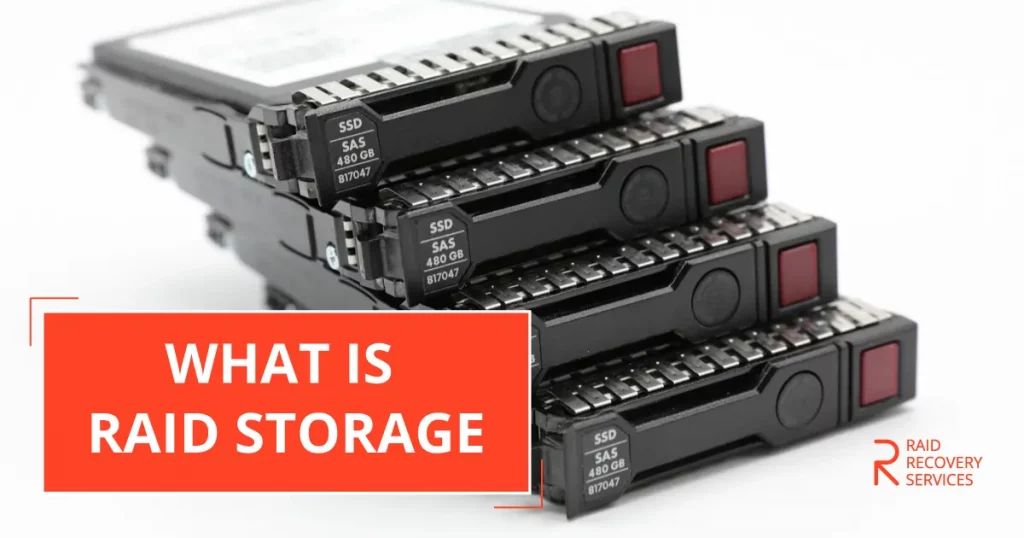What is RAID Storage? RAID storage, also known as Redundant Array of Inexpensive Disks, is an advanced technology for storing data. It enhances data performance, reliability, and redundancy by utilizing multiple physical disks in a virtual array. With its capability to reduce disk failures and ensure secure data storage and retrieval, RAID storage has become a crucial tool in our digital era. It caters to various storage requirements, from personal use to enterprise-level applications.
Exploring the Process of Raid Storage
Exploring the Process of Raid Storage involves a systematic approach to data management, where data is distributed across multiple drives. RAID storage combines physical hard disks into a single logical unit or array. The operating system then manages this array as a single drive. The RAID system’s main purpose is to provide data redundancy by duplicating data across multiple drives, ensuring recovery even if one drive fails.
There are several primary methods for data storage:
Parity: Distributed information that enables data reconstruction during disk failure.
Mirroring: Duplicating data from one or multiple hard drives to another physical disk.
Striping: The technique sequentially writes data across multiple disks, jumps back to the first drive, and starts another stripe once it reaches the last drive.
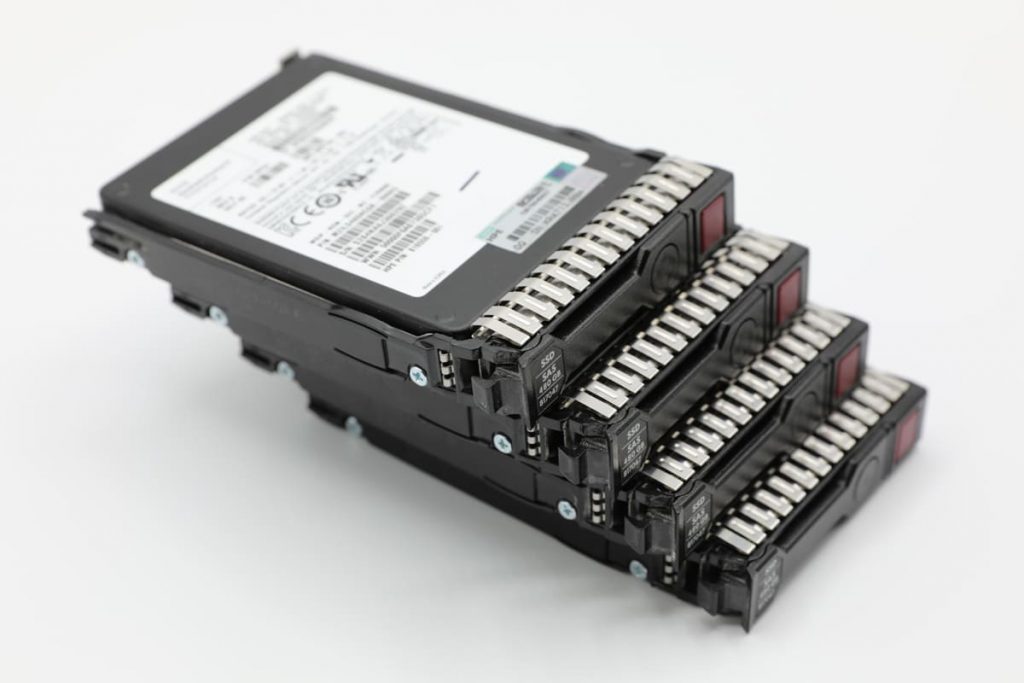
Block: The controller decides the size of the logical space where data gets written on each disk.
Left/right symmetry: The data distribution and parity across the drives in a RAID array are determined. Various vendors employ different styles of symmetry, some even developing proprietary styles based on their specific requirements.
Hot spare: An additional disk that can efficiently substitute a failed disk within a Redundant Array of Independent Disks (RAID) system.
Degraded mode: When a drive in the Redundant Array becomes unreadable and gets removed from the array, the system replaces it with new data and parity on the remaining drives. It reconstructs any requested data from the failed drive using the parity information on the other drives.
Why Are Storage Levels Important?
Why are storage levels important? The choice of RAID level significantly influences the performance, redundancy, and storage capacity of the total system, so it’s vital to consider your organization’s specific needs and requirements in selecting the most suitable RAID level. Multiple RAID levels exist, each providing a unique combination of performance and redundancy. The different levels determine the distribution of data across drives. Some frequently used levels include:
Raid 0: It efficiently distributes data across multiple drives using the striping technique without including parity or mirroring. This method significantly improves performance but lacks data redundancy.
Raid 1: Employs mirroring to replicate data across several drives, ensuring data redundancy without any performance improvement. Even in the event of a drive failure, retrieving data from the duplicated copy is still possible.
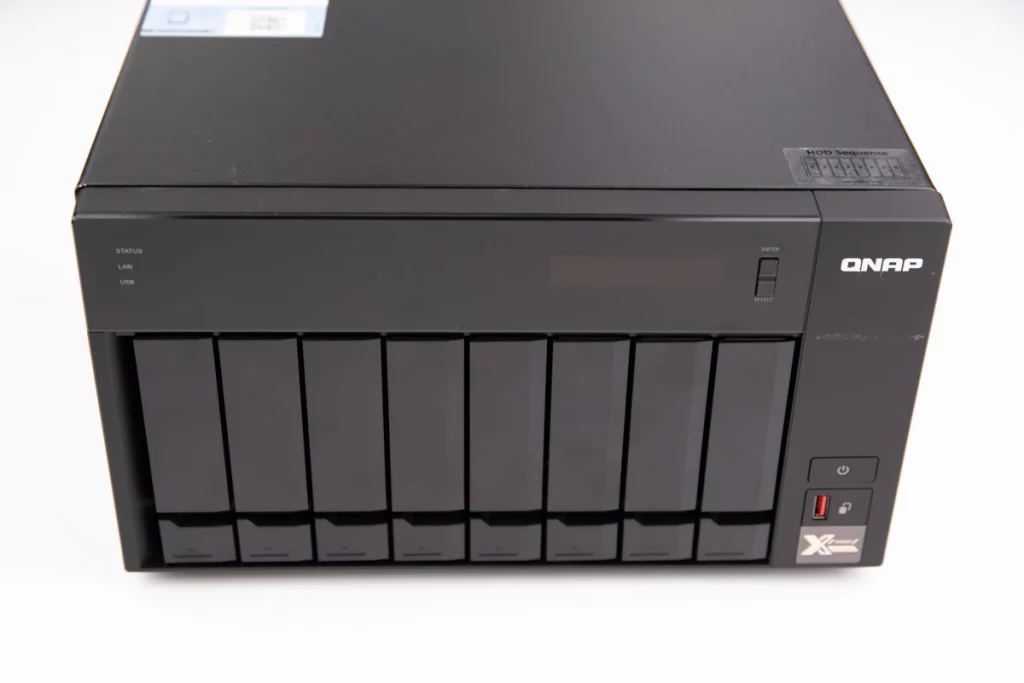
RAID 5: Combines striping and distributed parity, offering a good trade-off between performance and redundancy. In the event of a single drive failure, the remaining drives contain the necessary parity information to facilitate data rebuilding. However, if multiple drives fail, data recovery may become unachievable.
RAID 6: Enhances the capabilities of RAID 5 by introducing dual parity, providing increased fault tolerance and redundancy. With this approach, the remaining drives can still reconstruct the data using the parity information even if two drives fail.
RAID storage employs the principle of data redundancy by storing numerous copies of data across different disks. These redundant copies, known as parity blocks, serve as backups in case of disk failures.
Limitations of RAID System
Limitations of RAID System include its dependency on the same RAID controller for data recovery, the risk of simultaneous multiple disk failures, and the inability to protect against certain types of data loss, such as those caused by a software error or a virus attack. Despite being a powerful tool for data storage, Redundant Array technology has limitations. One significant drawback is its inability to safeguard against data corruption or accidental deletion. While it offers redundancy for hardware failures, It does not preserve previous file versions or recover mistakenly altered or removed data. Let’s explore some common limitations:
RAID controller failures: When the controller fails, it can bring down the entire system, putting data at risk.
Rebuilding process: Reconstructing data from parity information takes time, especially in larger arrays. It can result in longer downtimes and potential productivity loss.
Complexity: Setting up and managing RAID arrays can be challenging, specifically for those with limited technical knowledge.
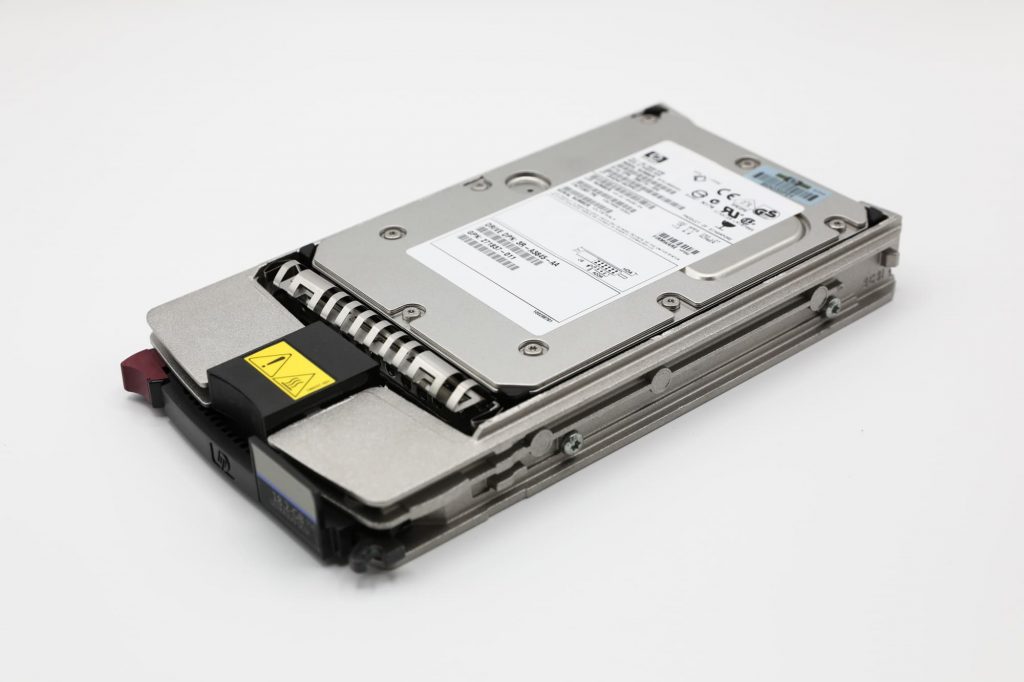
Risk of complete data loss: Although it provides redundancy and enhances data security, it is still susceptible to total data loss due to system failure or natural disasters.
What are RAID Benefits?
What are RAID Benefits? RAID technology provides numerous advantages, including improved data redundancy, enhanced performance, and increased data protection. Despite its limitations, RAID technology offers numerous benefits that contribute to its popularity as a choice for data storage. These advantages include:
Improved performance: It enhances read and write speeds by distributing data across multiple drives.
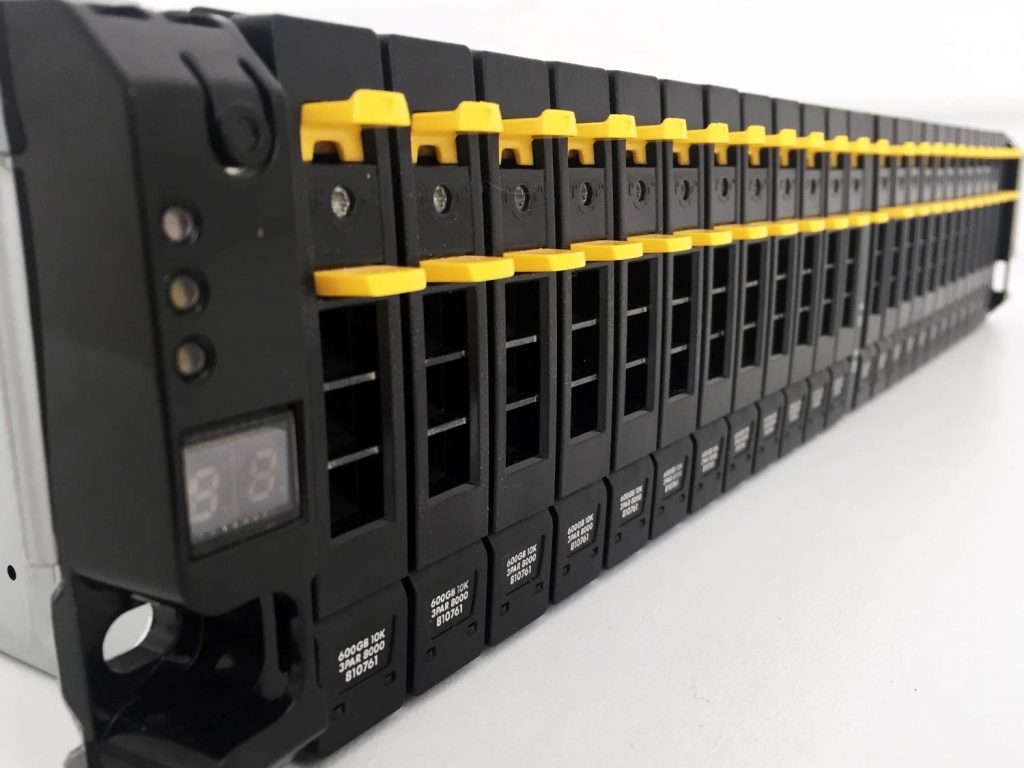
Enhanced reliability: With redundant data copies, It reduces the risk of complete data loss in case of hardware failures.
Cost-effective: It offers a cost-effective solution by utilizing multiple smaller drives instead of one expensive drive.
Scalable: RAID arrays can easily expand by adding more drives to accommodate growing storage needs.
Flexible: Organizations can choose from different levels to meet their specific data storage requirements.
This technology empowers users to enjoy improved performance, increased reliability, and cost-effective scalability, making RAID an appealing option for efficient data storage.
Potential Challenges in RAID Data Recovery
RAID arrays present significant challenges, especially for critical business functions in enterprise IT infrastructures. In these cases, availability and efficiency are crucial. While virtualization and database applications can be beneficial in certain situations, they can also introduce complexity and result in costly problems when a system fails. From a data recovery perspective, reconstructing the file system, addressing physical failures, and evaluating virtualized architecture are important steps.
This process can be intricate and time-consuming, but with the right expertise, recovery is achievable. Despite the advantages of redundant technology, it can also pose challenges regarding data recovery. Some common issues that may arise during RAID data recovery include:
- Hardware failure: Any failure of the array’s hardware components can result in data loss or corruption.
- RAID controller damage: If the controller malfunctions, it can impact the entire array.
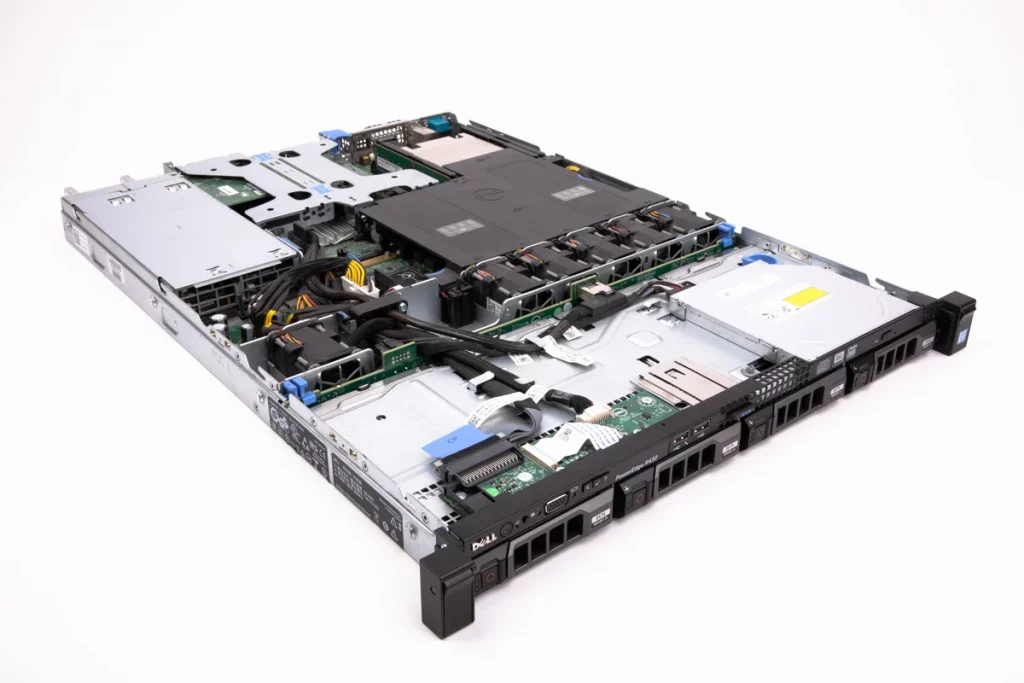
- Multiple drive failures: There are instances where various drives may fail simultaneously, resulting in data loss.
- Incompatibility: If there are different specifications or compatibility issues among the drives in a RAID array, it can impede the data recovery process.
When faced with data loss or drive failure in a RAID setup, it is crucial to rely on experienced data recovery services to safeguard the integrity of stored information. PITS Global Data Recovery is a trusted service with a proven track record of effectively retrieving data from RAID storage drives and arrays affected by various failures. With our skilled specialists and advanced tools, PITS Global Data Recovery Services offers comprehensive recovery solutions for all levels, addressing multiple issues, from logical failures to physical damage.
Frequently Asked Questions
What is RAID in storage?
RAID is a storage technology that consolidates multiple physical disk drives into a single logical unit, enhancing efficiency and data management. Its purpose is to improve data storage by providing increased redundancy and performance. Different levels offer a range of trade-offs between performance and redundancy, so it has become a favored choice for efficient data storage solutions.
Is RAID storage necessary for my requirements?
Whether you need RAID storage or not depends on your specific data storage requirements. If you deal with critical data that needs to be readily available and secure, RAID technology can be a beneficial investment. It provides redundancy and performance enhancements that minimize the risk of data loss and downtime in case of drive failures.
What is the best RAID level?
Choosing the optimal RAID level depends on your specific needs and requirements. When making this decision, several factors, such as performance, redundancy, and cost, come into play. Each level offers its own set of advantages and trade-offs. For instance, RAID 0 provides high performance but lacks data redundancy, while Redundant Array 5 strikes a balance between performance and redundancy at a relatively lower cost than other levels. It is important to carefully assess your storage needs and seek professional advice before finalizing the most suitable RAID level for your organization.
What is an example of RAID storage?
RAID technology provides redundancy and protection against hardware failures, making it an essential solution for efficient data storage. Whether you need reliability, performance, or scalability, understanding RAID and its levels is crucial for making informed decisions that suit your business needs.

